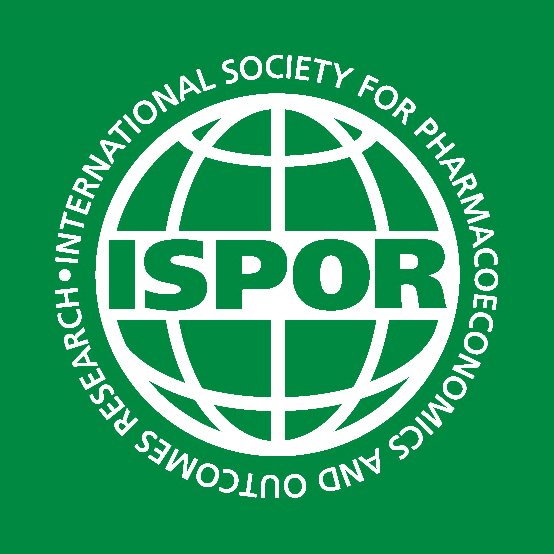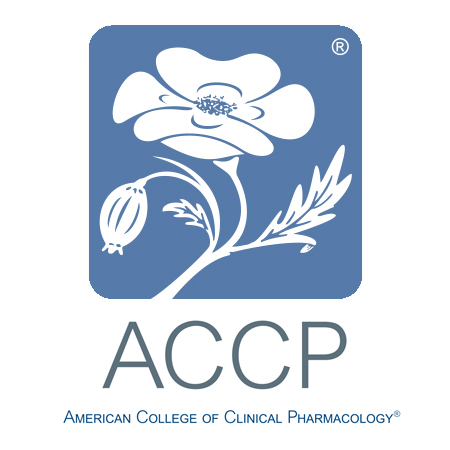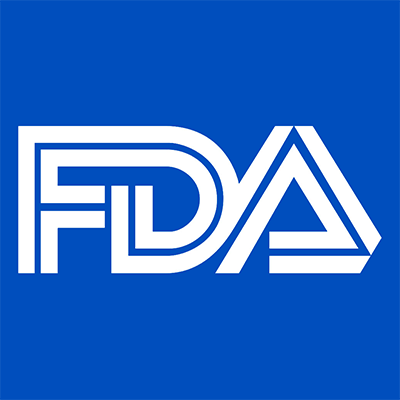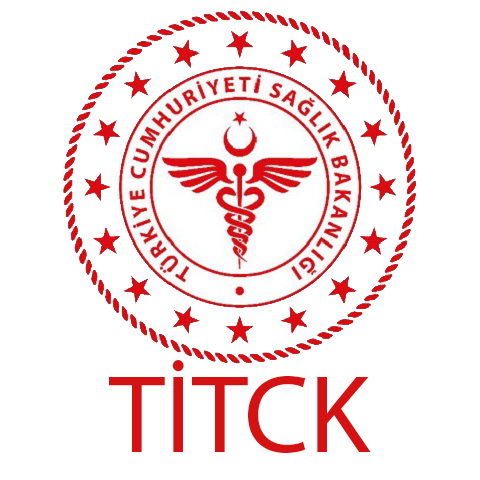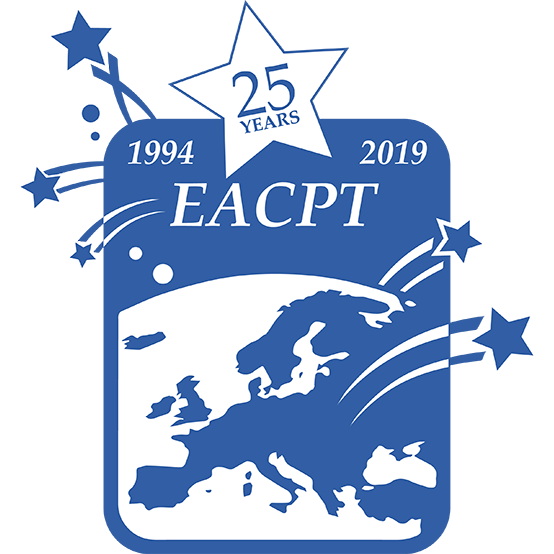
Paracetamol Use and Autism Spectrum Disorder: A Comprehensive Review of Current Evidence and Policy Implications
Prof. Dr. F. Cankat Tulunay
www.klinikfarmakoloji.com
Abstract
Background: Paracetamol (acetaminophen) is among the most widely used analgesic and antipyretic drugs worldwide, frequently administered during pregnancy. Recent studies have raised concerns about a potential association between prenatal exposure to paracetamol and autism spectrum disorder (ASD) or other neurodevelopmental outcomes.
Methods: We reviewed epidemiological studies, biomarker-based prospective cohorts, systematic reviews, experimental findings, and policy reports published between 2018 and 2025. The PubMed and Web of Science databases were searched using the keywords 'acetaminophen,' 'paracetamol,' 'autism spectrum disorder,' and 'neurodevelopment.'
Results: Biomarker studies demonstrated dose–response relationships between cord blood or meconium acetaminophen levels and ASD/ADHD risk, whereas large-scale sibling-control analyses in Sweden did not support a causal link. Meta-analyses across European cohorts suggested a 19–21% increase in ASD/ADHD symptoms associated with prenatal exposure. Experimental studies indicate potential mechanisms including oxidative stress, endocrine disruption, and neuroinflammation. Consensus statements and professional societies emphasize caution but continue to recommend paracetamol as the analgesic-antipyretic of choice during pregnancy. Policy debates in 2025, including a forthcoming U.S. Department of Health and Human Services (HHS) report, underscore the importance of rigorous evaluation.
Conclusion: Evidence suggests a possible but inconclusive link between prenatal paracetamol exposure and ASD. While a causal relationship has not been established, clinical practice should follow the precautionary principle: use the lowest effective dose for the shortest duration under medical guidance. Future studies integrating repeated biomarker measures, sibling designs, and mechanistic research are warranted.
Introduction
Autism spectrum disorder (ASD) is a neurodevelopmental disorder characterized by deficits in social communication and restricted, repetitive behaviors. Its prevalence has increased globally, raising questions about environmental as well as genetic risk factors. Among potential environmental exposures, maternal use of paracetamol (acetaminophen) during pregnancy has been highlighted as an area of concern.
History of Paracetamol: Paracetamol was first synthesized in 1877 by Harmon Northrop Morse from p-aminophenol [11]. It entered clinical use in 1893 but was soon overshadowed by phenacetin and acetylsalicylic acid [12]. Later, it was established that the active metabolite responsible for the analgesic and antipyretic effects of phenacetin was paracetamol itself [13]. Due to the nephrotoxicity and carcinogenicity associated with phenacetin, it was withdrawn from the market in the mid-20th century, and paracetamol emerged as a safer alternative [12,14]. Since the 1950s, paracetamol has become one of the most widely used analgesics worldwide, also considered relatively safe in pregnancy compared with NSAIDs and aspirin [15]. Nevertheless, in recent years, several epidemiological and biomarker studies have raised concerns regarding a possible association between prenatal paracetamol exposure and ASD.
Methods
This review synthesizes evidence from 2018 to 2025, including cohort studies, biomarker-based prospective studies, systematic reviews, experimental findings, guideline statements, and policy debates. Literature searches were performed in PubMed and Web of Science using the terms 'acetaminophen,' 'paracetamol,' 'autism spectrum disorder,' and 'neurodevelopment.' Studies with large sample sizes, biomarker-based exposure assessment, and family-based designs were prioritized.
Results
Cohort Studies
Ahlqvist et al. (2024, JAMA) analyzed 2.48 million births in Sweden. In conventional models, small increases in ASD and ADHD risk were observed, but sibling-control analyses found no causal relationship, suggesting that familial confounding may account for earlier findings [1].
Biomarker Studies
Ji et al. (2019, JAMA Psychiatry) found that higher levels of acetaminophen metabolites in cord plasma were associated with increased risk of ASD and ADHD, demonstrating a dose–response pattern [2].
Baker et al. (2020, JAMA Pediatrics) measured acetaminophen in meconium and observed increased ADHD risk, potentially mediated by alterations in brain connectivity [3].
Epidemiological Evidence
Multiple epidemiological studies suggest that prenatal acetaminophen exposure may increase the risk of neurodevelopmental disorders by 20–30%. Alemany et al. (2021) pooled six European cohorts (n > 73,000) and found that prenatal exposure increased ASD symptoms by 19% and ADHD symptoms by 21% [4]. Masarwa et al. (2018) reported pooled relative risks of 1.19 for ASD and 1.34 for ADHD [5]. Prada et al. (2025) applied the Navigation Guide methodology to 46 studies, finding that while 27 showed positive associations, heterogeneity and residual confounding limited causal inference [6].
Experimental Findings
Animal and laboratory studies suggest plausible mechanisms by which acetaminophen may influence brain development. These include oxidative stress and depletion of glutathione, disruption of the endocrine system, immune modulation, and neuroinflammation [7,8].
Guidelines and Consensus Statements
Bauer et al. (2021, Nature Reviews Endocrinology) issued a consensus statement urging precautionary use of paracetamol during pregnancy [7]. In response, the American College of Obstetricians and Gynecologists (ACOG, 2021) reaffirmed that no conclusive evidence proves a causal link and recommended that acetaminophen remain the first-line treatment for fever and pain in pregnancy [9]. Similarly, the Society for Maternal-Fetal Medicine (SMFM, 2025) emphasized that current evidence remains inconclusive and that untreated fever poses known risks to both mother and fetus [10].
Policy Debates and Current Developments
In September 2025, reports from the Wall Street Journal and MedPage Today indicated that U.S. Health and Human Services (HHS) Secretary Robert F. Kennedy Jr. plans to release a report linking maternal acetaminophen use with possible ASD risk and suggesting folinic acid (leucovorin) as a potential treatment for autism symptoms [16]. Experts, however, cautioned that existing leucovorin studies are small and inconsistent, and that autism cannot be explained by a single environmental factor. David Mandell (University of Pennsylvania) noted that among seven large-scale epidemiological studies, only one showed a positive association, while six found none [16]. SMFM reiterated that evidence is inconclusive, and acetaminophen remains appropriate for managing fever and pain during pregnancy [16].
Discussion
Findings across studies are mixed. Biomarker-based studies provide objective measures and dose–response patterns suggesting increased risk, while large sibling-control cohorts argue against a causal association. Meta-analyses suggest modest increases in risk (~20–30%), but confounding by indication (e.g., fever, infection) and genetic or familial factors remain strong alternative explanations.
Policy debates in 2025 highlight how scientific uncertainty can influence public discourse. While caution is justified, overstating associations without definitive evidence risks undermining public confidence in essential medications. Paracetamol remains the most widely recommended analgesic and antipyretic in pregnancy, with risks from untreated fever potentially outweighing uncertain drug-related risks.
Future research should combine repeated biomarker measures, sibling and family-based designs, and mechanistic studies to clarify causality. Public health communication must balance precaution with reassurance, avoiding alarmism while emphasizing judicious use.
Conclusion
Current evidence suggests a possible but inconclusive link between prenatal paracetamol exposure and ASD. Although causality has not been established, prudence dictates avoiding unnecessary or prolonged use. In clinical practice, paracetamol should be used at the lowest effective dose for the shortest duration under medical supervision. Further large-scale, biomarker-based, and family-controlled studies are needed to resolve uncertainties.
References
1. Ahlqvist VH, Sjöqvist H, Dalman C, et al. Acetaminophen Use During Pregnancy and Children’s Risk of Autism, ADHD, and Intellectual Disability. JAMA. 2024;331(14):1205–1214.
2. Ji Y, Azuine RE, Zhang Y, et al. Association of Cord Plasma Biomarkers of In Utero Acetaminophen Exposure With Risk of ADHD and Autism Spectrum Disorder in Childhood. JAMA Psychiatry. 2019;76(8):834–842.
3. Baker BH, Lugo-Candelas C, Wu H, et al. Association of Prenatal Acetaminophen Exposure Measured in Meconium With Risk of ADHD Mediated by Frontoparietal Network Brain Connectivity. JAMA Pediatr. 2020;174(11):1073–1081.
4. Alemany S, Avella-García C, Liew Z, et al. Prenatal and postnatal exposure to acetaminophen in relation to autism spectrum and attention-deficit and hyperactivity symptoms in childhood: Meta-analysis in six European population-based cohorts. Eur J Epidemiol. 2021;36:993–1004.
5. Masarwa R, Levine H, Gorelik E, et al. Prenatal Exposure to Acetaminophen and Risk for ADHD and ASD: Systematic Review, Meta-analysis, and Meta-regression of Cohort Studies. Am J Epidemiol. 2018;187(8):1817–1827.
6. Prada D, Ritz B, Bauer AZ, et al. Evaluation of the evidence on acetaminophen use and neurodevelopmental disorders using the Navigation Guide methodology. Environ Health. 2025;24:56.
7. Bauer AZ, Kriebel D, Herbert MR, et al. Paracetamol use during pregnancy — a call for precautionary action. Nat Rev Endocrinol. 2021;17:757–766.
8. Andrade C. Use of acetaminophen during pregnancy and the risk of autism spectrum disorder in the offspring. J Clin Psychiatry. 2021;82(2):21f13939.
9. American College of Obstetricians and Gynecologists (ACOG). Response to Consensus Statement on Paracetamol Use During Pregnancy. 2021.
10. Society for Maternal-Fetal Medicine (SMFM). Statement on Acetaminophen Use During Pregnancy and Autism. 2025.
11. Morse HN. Ueber die Reduction der Nitrokörper. Ber Dtsch Chem Ges. 1878;11:232–233.
12. Prescott LF. Paracetamol: past, present, and future. Am J Ther. 2000;7(2):143–147.
13. Brodie BB, Axelrod J. The fate of acetanilide in man. J Pharmacol Exp Ther. 1948;94(1):29–38.
14. Graham GG, Scott KF. Mechanism of action of paracetamol. Am J Ther. 2005;12(1):46–55.
15. World Health Organization (WHO). Paracetamol (Acetaminophen): WHO Model List of Essential Medicines. 2019.
16. George J. RFK Jr. to Link Tylenol in Pregnancy to Autism, Report Says. MedPage Today. Sept 5, 2025.

